- Expert advice/
- Wedding planning 101/
- Wedding planning tools/
- Planning a Traditional Queer Jewish Wedding
- Wedding planning tools
Planning a Traditional Queer Jewish Wedding
If you're looking to plan a traditional Jewish wedding like you grew up with, or do you want it to feel new and different? Read on for our latest guide.
Last updated February 5, 2024
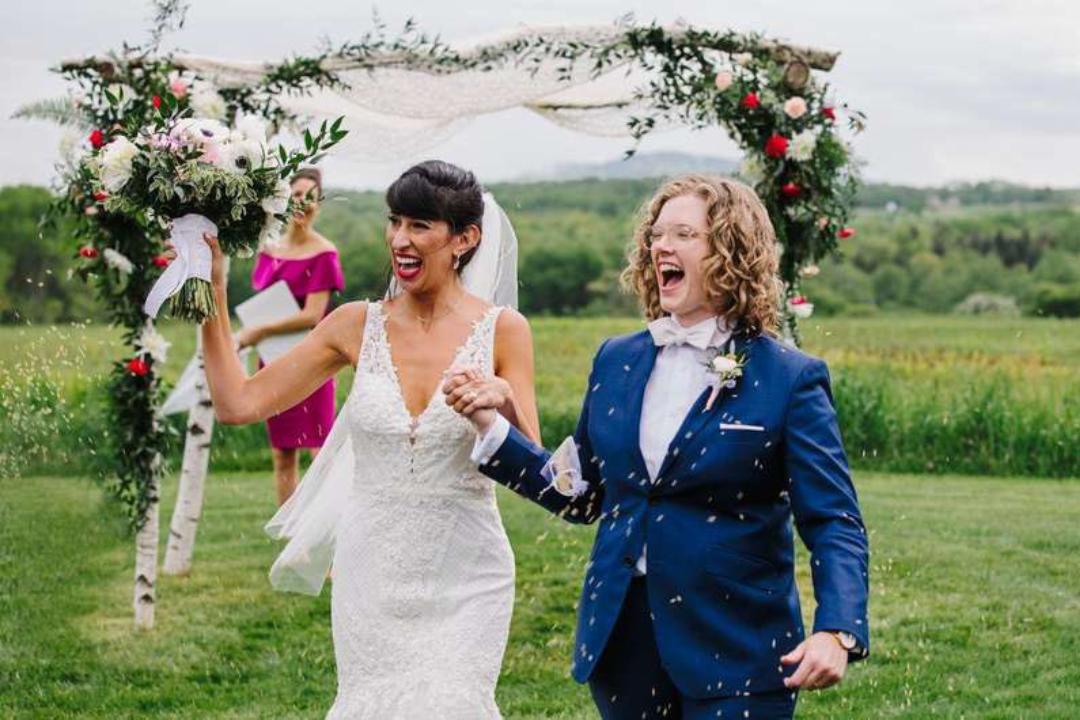
For thousands of years, Jewish couples have been married through a religious ceremony known as kiddushin. It is a moment that has come to mean many things to many people, and has a range of romantic and beautiful interpretations; but, is also—at its core—a legal ceremony where the husband acquires his bride, making it definitively gendered and also uncomfortably unequal.
To say the least, it's not a great fit for LGBTQIA+ Jewish couples; therefore, this can be especially hard for traditionally observant queer Jews, who keep kosher, observe the Sabbath, recite the daily prayers, and otherwise lead lives governed every day by Jewish law. To have Judaism influence every aspect of your life, yet not govern your marriage can feel like a bizarre departure from tradition.
Fortunately, the past few decades have seen an incredible outpouring of creativity from Jewish scholars, rabbis, and queer couples themselves, who are creating new rituals and ceremonies that utilize the vast resources of the Jewish tradition to rethink what a traditional Jewish marriage could be.
As with any new foray into ancient tradition, the swirl of ideas means that there are many options to consider and few concrete guidelines, leaving many couples unsure as to where to start.
Here are some things to consider when planning a traditional Jewish wedding ceremony that does not rely on kiddushin.
The Lovers’ Contract
For Jewish couples looking to root their wedding ceremony in traditional Jewish law, the most legally significant question is: How do we structure the wedding contract? And then, how do we make that contract legally binding?
One of the most popular options for couples today is to create a contract known as a Brit Ahuvim, or the Lovers’ Contract, developed by Jewish feminist scholar Rachel Adler in the 1980s. Based on Jewish business partnership contracts, known as a shtar shutafim, this contract outlines the obligations that the couple is making. Together, the couple acquires the relationship itself during the ceremony, in a moment that ritually replaces the tradition of the husband acquiring his bride. This model was recently promoted by the Conservative Movement, in an opinion that is available online.
Other models rely on Jewish traditions of taking vows and making oaths, which is the legal mechanism by which someone takes obligations upon themselves. A standard mechanism of acquisition in Jewish rituals is the lifting up of an object—in many Jewish weddings, the rabbi overseeing the ketubah, or contract, will have the groom lift a pen, for example, to signify his acquisition. For the Brit Ahuvim, a couple will often choose to place two items of value into a bag, and then lift the bag together to demonstrate their mutual acquisition of the terms now binding them to one another. Many couples use their wedding rings as the two items.

Making the Contract Personal
In each of these models, there is no set standard text for the contract, and so it is up to each couple to decide what obligations they want to take upon themselves. This can be exciting, yet also challenging.
“I loved writing about our promises to each other for our time of dying,” said Tamar Lindenbaum, who married her wife Sabina Tilivech in 2021. The couple included a commitment in their contract to respect one another at their end of days, and to maintain the other’s memory after death. “But, my friends were just totally not interested in having something about death and dying in their own contract. Everybody should have the opportunity to personalize what they want.”
Couples can ask friends, family, and others about what sorts of commitments they might include, and consider together what their marriage means to them in terms of obligations. There also needs to be a legal mechanism for dissolution, and ending the contract in a way that allows for separation. This process should be developed with a competent halachic authority, or Jewish legal advisor.
Choosing Traditions
In addition to the contract, Jewish weddings have tons of traditions. For anybody who grew up attending traditional Jewish weddings, there are many moments and symbols that will feel familiar, and might be worth including in a ceremony. For example, some couples want both people to wear a kittel, the white Jewish robe usually reserved for Yom Kippur; while others dispense with the tradition of circling all together, and some replace one or more of the traditional seven blessings with a Jewish blessing that they feel better reflects their relationship.
Don’t be afraid to think creatively, and don’t feel obligated to write off certain traditions because of their gendered associations. Many couples utilize the full spectrum of Jewish wedding traditions that have developed for both men and women (and other ritual moments of commitment) to create a ceremony that is both traditional and modern.
Some ideas to try:
-
Substitute gendered terms. For example, Rabbi Benjamin Goldberg and his husband Daniel Olson decided to use the terms ‘ahuv’ and ‘rayah’ for their wedding in 2018, which means lover and friend. Though many couples choose to substitute the Hebrew terms for bride and groom, Olson and Goldberg liked that these terms were less inherently gendered, and reflected other parts of the tradition.
-
Choose your own first blessing. The couple also swapped out the traditional first blessing, whose descriptions of sexual restriction are rooted in the Leviticus passage that also prohibits gay sex, and instead chose the Jewish blessing said on a rainbow, which not only symbolizes the eternal covenant between God and human beings, as described in Genesis, but is a symbol of gay pride.
And while it can sometimes feel like everything needs to be made from scratch, remember that there are also lots of traditions that are not inherently gendered, and can add to your day. Such as:
- Keep what feels right. “Giving ourselves time to say the viduy [confessions] really intensely allowed us to come into this space and think about everything we had done to get there, and everything we were ready to leave behind, and everything we were ready to step into,” said Tilivech, noting how she and Lindenbaum chose to pray the afternoon mincha prayer by themselves in advance of any arriving guests or family. “It was actually a huge part of that day that nobody else saw, and probably the most meaningful thing we did.”
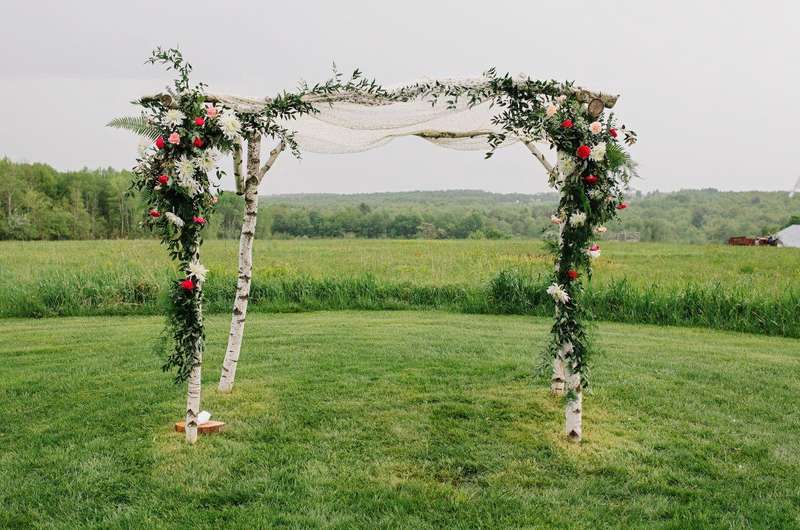
How to Make It Happen
When bringing your wedding from concept to reality, the details can be just as important as the big picture.
Talk It Out Together
It’s helpful to have an early conversation with your partner about the desired, broader vision for your wedding. Some people might be eager for their wedding to be virtually indistinguishable from the straight weddings they attended growing up, while others might be wary of adopting a tradition or ritual that typically excluded them, and rather desire a wedding that feels distinctly queer.
These can be hard conversations, especially for couples who have had different experiences of acceptance or rejection within Jewish spaces, so prepare to go deep.
Sam Greenberg, who married his husband Zach Cohen in 2017, describes how it was initially hard to accept that his wedding was not going to look exactly like the wedding of his grandparents, parents, and other ancestors.
But, ultimately, he felt that papering over the differences between a queer and non-queer wedding wouldn’t do justice to his own story, as he grew up in a traditional observant Jewish household where it was assumed that he would have a traditional wedding, but then, by coming out as gay, he went through times when he thought that he would never have that. “Coming out at a place where we were going to have that Jewish wedding we had always dreamed of, it was just going to look a little different, was a big emotional journey,” he said, and one that he wanted to honor at the ceremony.
There is no one right way to approach the planning, but understanding where each partner is coming from can help a couple create a ceremony that takes each of their needs into account.
Explain What You Want
While traditional queer Jewish weddings are becoming more common, for many guests this may be the first wedding of its kind that they attend. As such, some couples want to explain every aspect of the process for their guests, to reflect the work and considered thought and scholarship that goes into these new ceremonies.
Where possible, consider limiting the explanations that are given during the ceremony. This can take the focus away from you and your partner, and spotlight the legal mechanisms at play in a way that can feel out of place at a wedding. Consider instead including the explanation in the wedding pamphlet or on your wedding website, which you can share with your attendees via your save the dates and invitations.
Enlist Your Loved Ones for Help
Whenever you plan something new, it is helpful to account for all the small things that might go awry. The traditional queer Jewish wedding hasn’t been road-tested, as it were, in the same way that a standard straight Jewish wedding has, over centuries of use. This means that questions of timing and logistics (Who holds the object to be smashed? When do you put on the kittel? When do guests begin to sing the traditional songs?) won’t be as intuitive for your guests, your officiant, or even for you. So, it’s extra important to do a practice run, if possible, of the ceremony in advance, and to loop in friends and family who can help maintain the flow of the day as you envision.
Every wedding requires time, energy, and the need to make more decisions than one might think humanly possible. While some couples love the process of personalizing every aspect of their wedding day, others find it overwhelming or even a burden. For anybody planning a traditional queer Jewish wedding ceremony, be prepared for some amount of research and planning, simply because there isn’t really a universal, cut-and-paste template out there, (although some couples choose to use ceremonies developed by friends or other couples who got married before them).
As you plan, try to stay in touch with your feelings. If some aspect of the ceremony makes you uncomfortable, don’t be afraid to speak up or consider other options. This is new territory for most people, and that will likely include your families, friends, and the clergy or individual overseeing your wedding. You may encounter assumptions about what should or should not happen, and it can be hard to figure out the line between tradition and innovation. Don’t be afraid to be bold in asking for other ways to think about something, and remember: There is no one right way to host a queer Jewish wedding. Mazel tov!
Up next for you
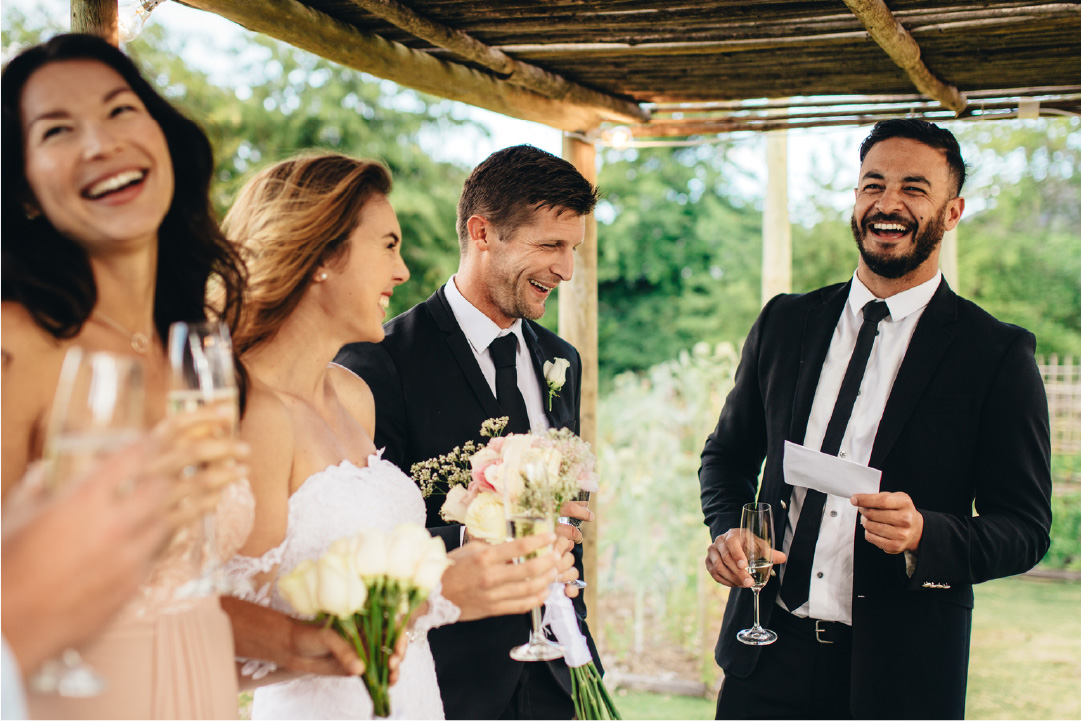
37 Wedding Blessings for Every Culture [Free Printables]
List
A wedding blessing is a beautiful addition to any wedding ceremony. Get inspired with these wedding blessings for every culture, plus free printable scripts.
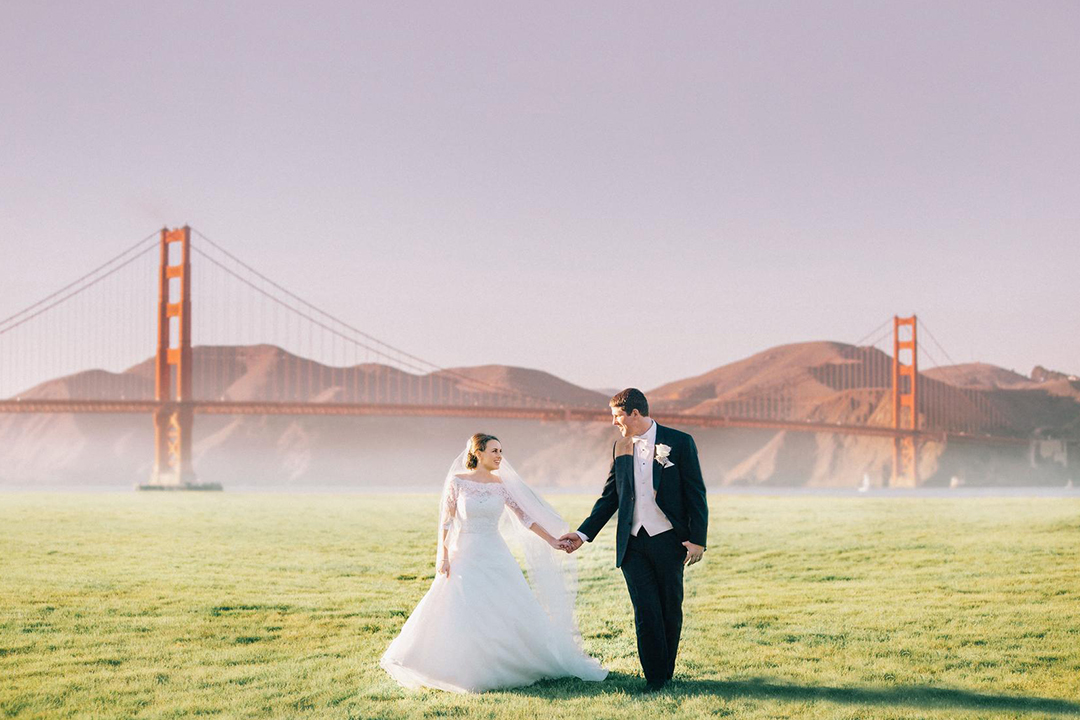
Unique Northern California Wedding Venues
List
Looking for the most unique wedding venues Northern California has to offer? You’ll find them here.
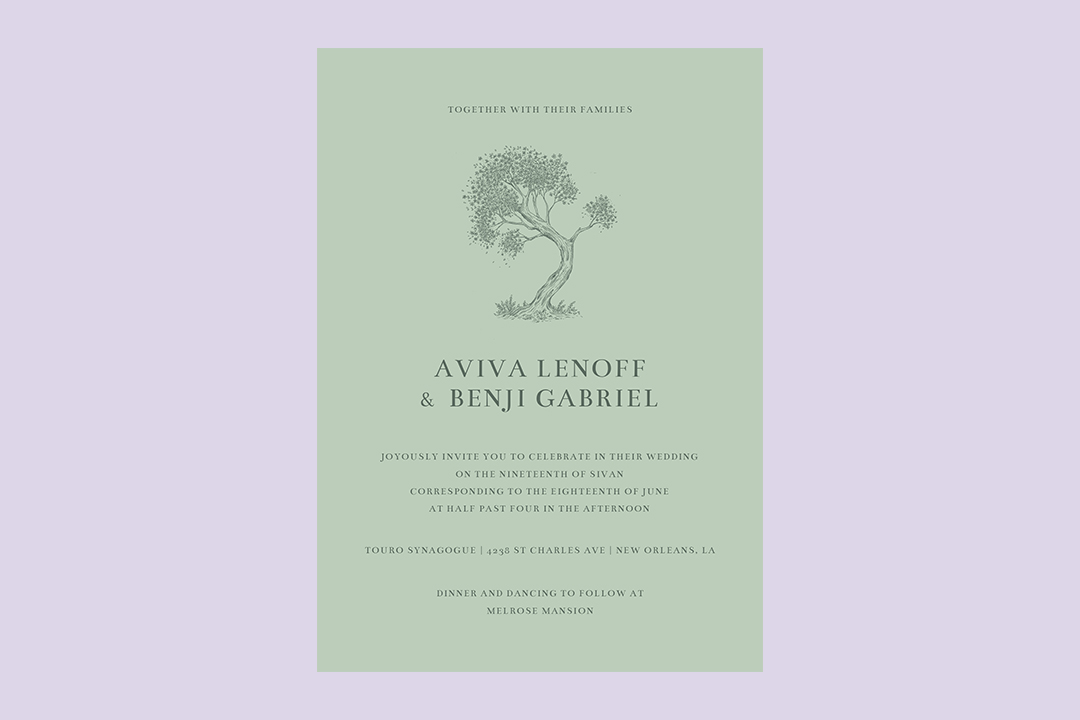
How to Word Traditional Jewish Wedding Invitations
How-To
Everything you need to know about sending your Jewish wedding invitations.
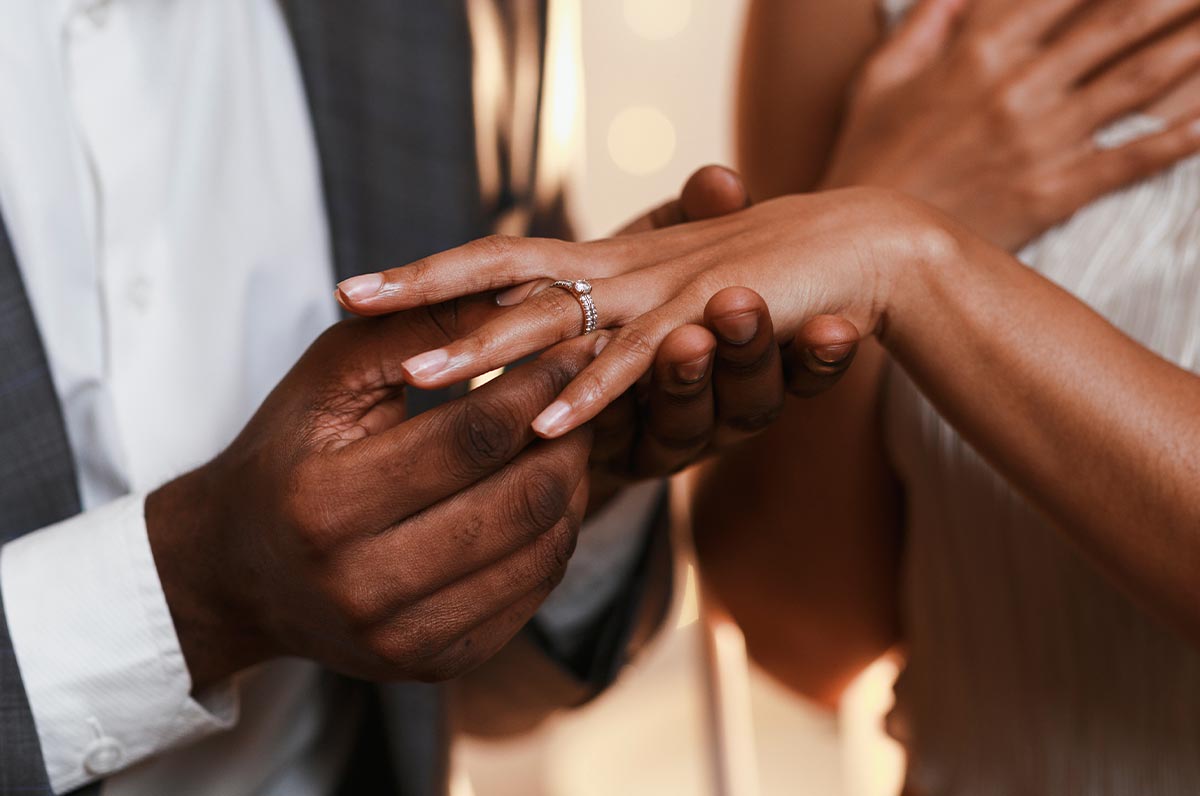
Which Finger Does a Wedding Ring Go On?
Inspiration
Ever wondered about the tradition behind wedding ring fingers? Here’s the real history and meaning of which finger a wedding ring goes on.
Featured

42 Unique Wedding Traditions Around the World
List
More and more, couples are opting to include specific cultural traditions on their wedding day. Here’s a look at some wedding customs couples are incorporating into their bid day.

Who Should Walk Me Down the Aisle?
Advice
Deciding who should walk you down the aisle at your wedding ceremony isn't always obvious. Here are some helpful ways to choose who will join you for your procession.
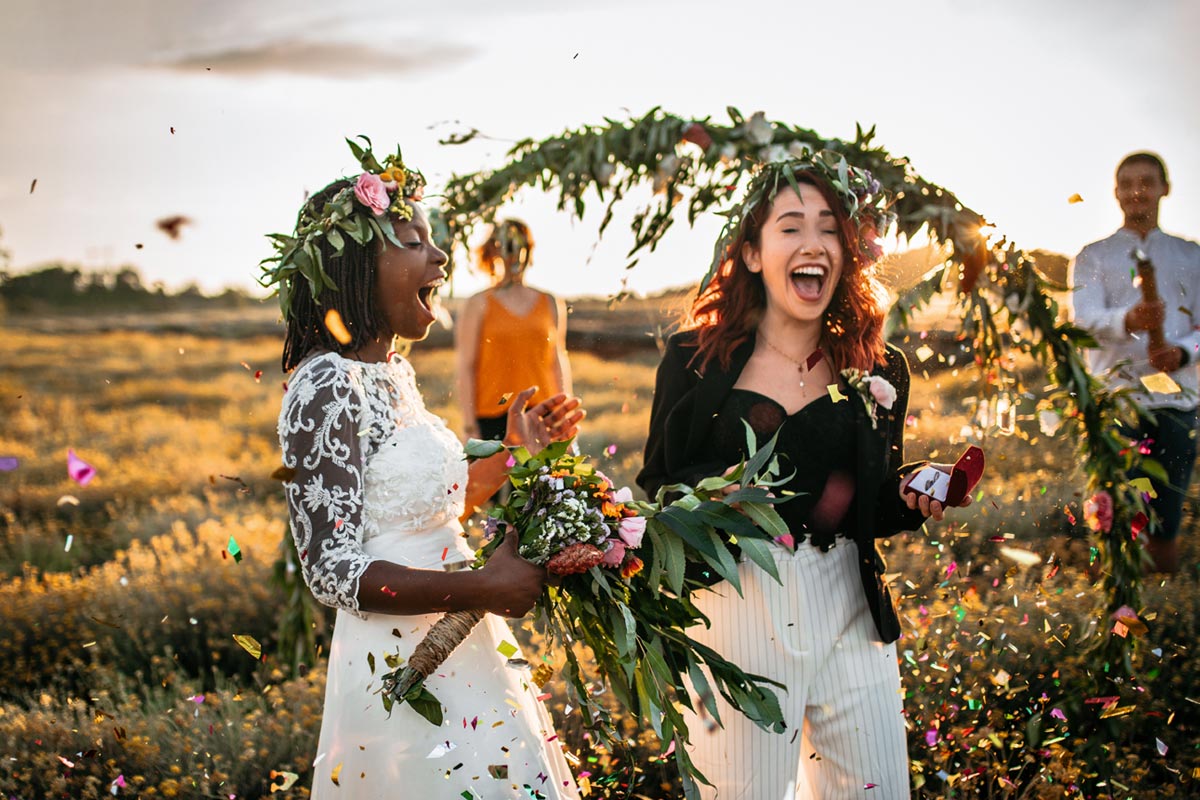
8 Wedding Ceremony Scripts to Borrow & Printables
How-To
Find beautiful wedding ceremony scripts ranging from unique to traditional. Print and borrow them, or get inspiration to write your own!
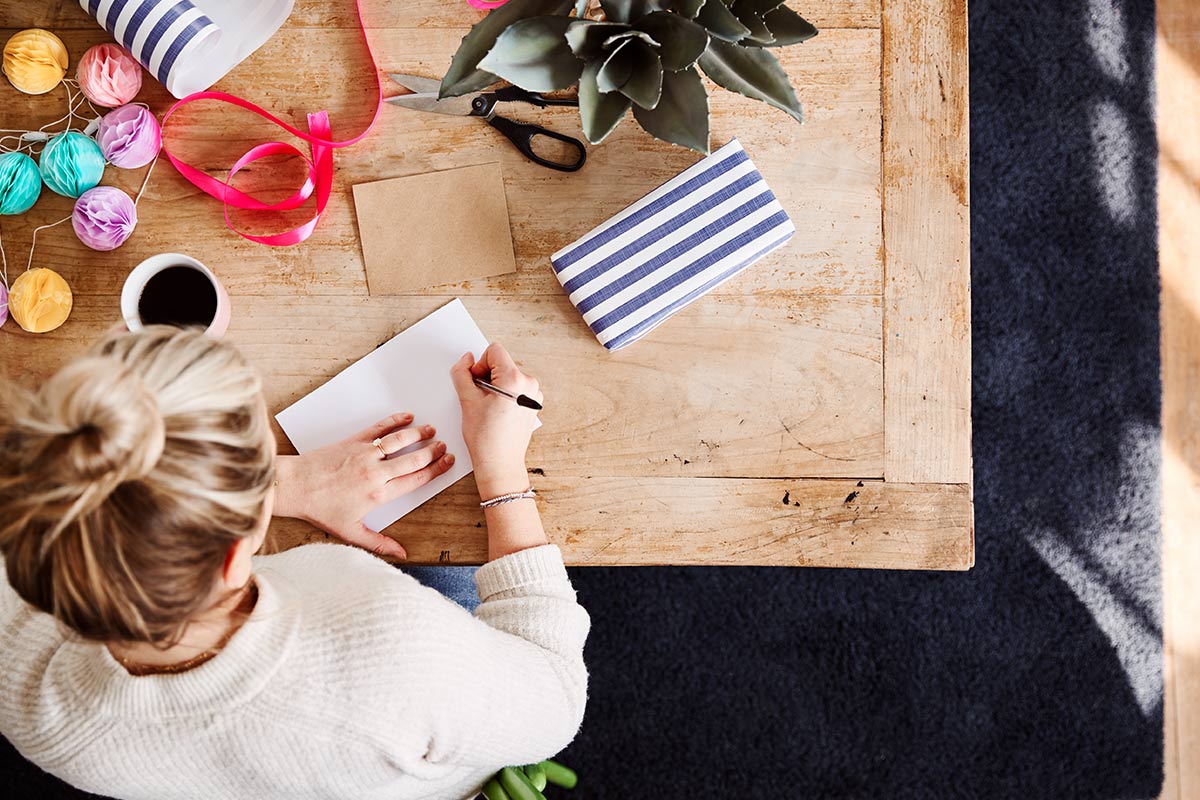
What to Write in a Wedding Card: Funny, Thoughtful & Lovely Wishes Ideas
Inspiration
Seeking wedding wishes inspiration? Explore our ideas for messages and find the perfect words to convey your joy and blessings for the newlyweds.
- Expert advice/
- Wedding planning 101/
- Wedding planning tools/
- Planning a Traditional Queer Jewish Wedding
Find even more wedding ideas, inspo, tips, and tricks
We’ve got wedding planning advice on everything from save the dates to wedding cakes.
